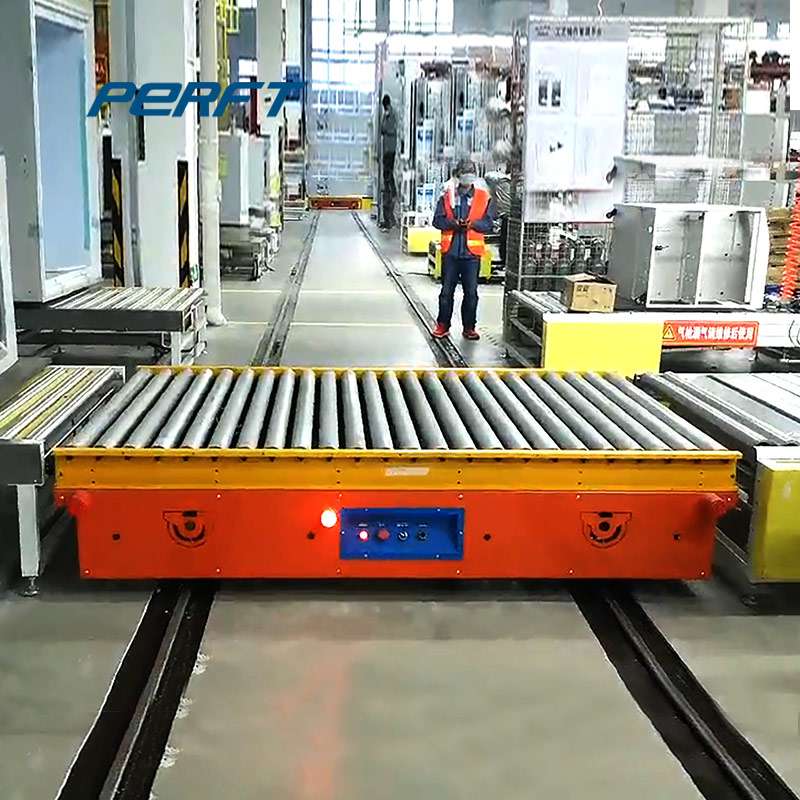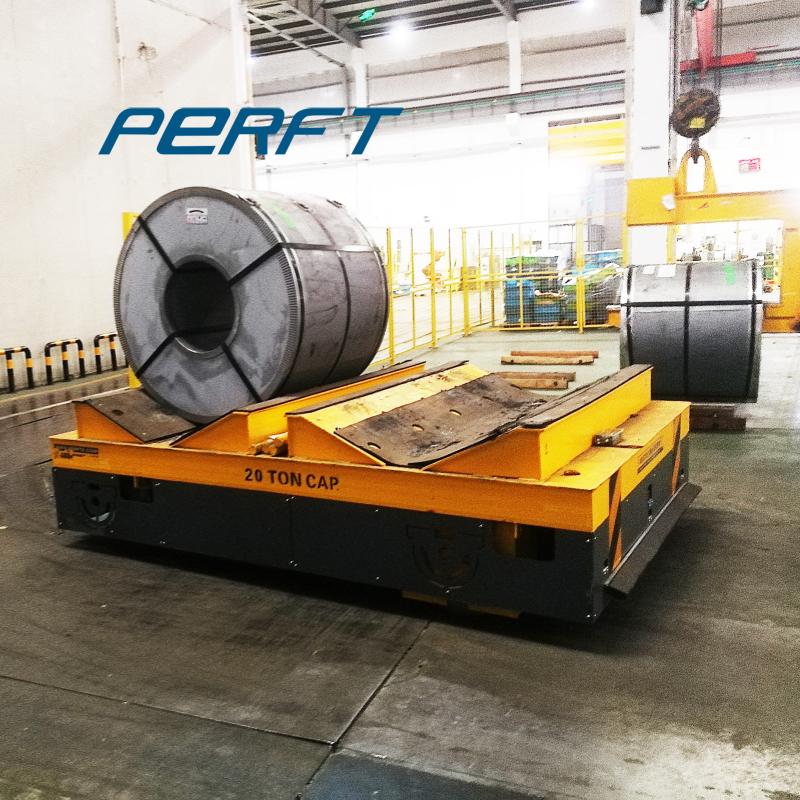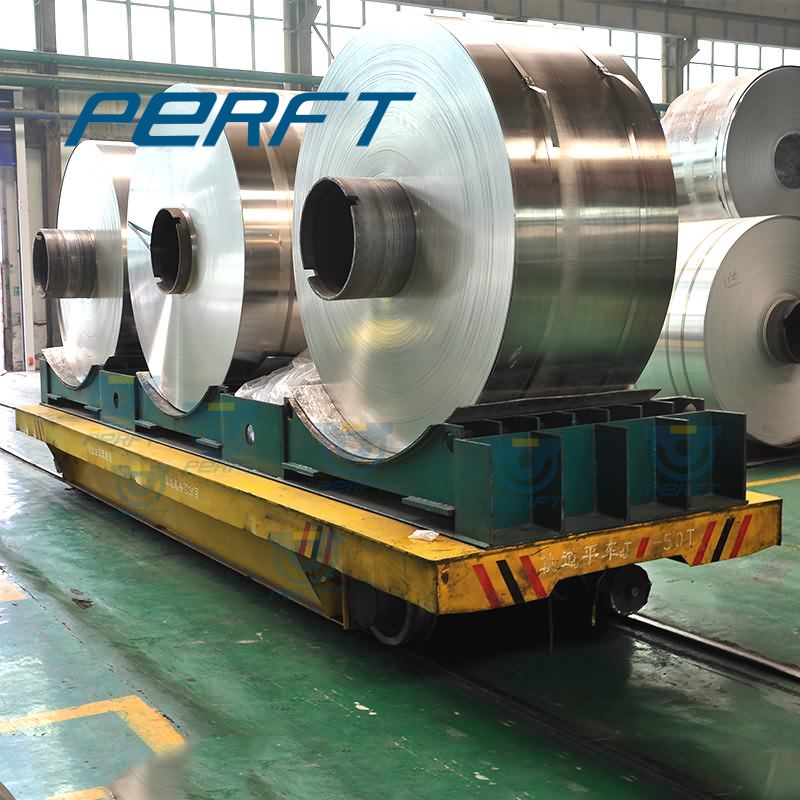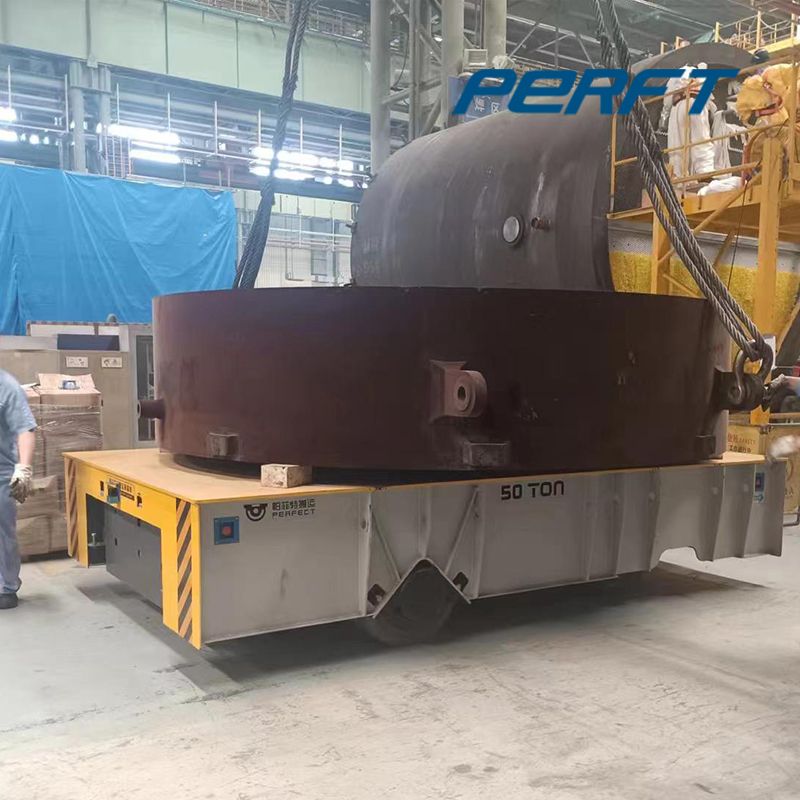6 Types of Industrial Conveyor Systems Used in Warehouses
In recent years, the explosive growth of the e-commerce industry has driven a surge in global demand for smart warehouses.
However, traditional warehouses face numerous challenges: labor costs rise annually, sorting error rates reach 3%-5%, goods turnover efficiency remains low, and limited space struggles to meet storage demands.
Against this backdrop, industrial conveying solutions have become central to smart warehouse automation, seamlessly integrating storage, picking, packaging, and shipping processes to enhance operational efficiency significantly.
Roller Conveyor System
Roller conveyors serve as fundamental continuous transport equipment in smart warehouses, primarily used for linear transportation of unitized goods (such as pallets and cartons). They are often integrated with chain conveyors to form complete conveying systems.
- Smart Warehouse Application Scenarios
Within automated high-bay warehouses, they are extensively deployed in receiving zones, assembly/packaging areas, inline picking sections, and shipping zones. For instance, in e-commerce fulfillment centers, roller conveyors precisely deliver pallets received at docks to the entry points of Automated Storage and Retrieval Systems (AS/RS). They also serve as buffering accumulators at critical junctions, preventing cargo congestion.
- Advantages and Considerations
Their advantages are significant: simple structure, easy installation, operation, and maintenance. Roller conveyors can transport irregular items via pallets or skids and operate along horizontal or curved paths. However, they are unsuitable for extremely heavy or uneven-surfaced goods, which businesses must carefully consider during selection.
Chain Conveyor System
Chain conveyor equipment relies on tracks to support the conveyor chain for goods transportation. It offers moderate conveying speeds, simple construction, and low maintenance costs, making it a commonly used continuous conveying device in automated warehouses.
To enhance operational efficiency, chain-roller combination lift platforms are now available. Integrating chain and roller conveyors, these devices create height differentials via lifting mechanisms to achieve 90-degree goods turns. Available in T-shaped (for branch lines) and cross-shaped (for four-way transfers) configurations, they effectively resolve transportation challenges at conveyor intersections.
- Applications and Limitations
Chain conveyor system is equally suitable for areas such as warehousing, packaging, picking, and outbound operations, capable of handling heavier goods. However, it operates with relatively high noise levels, which can be mitigated by installing noise-damping tracks.
Belt Conveyor System
- Working Principle
Belt conveyors utilize a conveyor belt as both the load-bearing and traction component, employing friction to move goods horizontally or at an incline (maximum angle 15°).
- Applications
Industrial belt conveyors are particularly suited for scenarios requiring precise positioning or telescoping, such as automated packaging stations and truck loading/unloading areas. In fresh produce distribution centers, they gently handle perishable goods like fruits and vegetables. During picking operations in logistics centers, flat belt conveyors for warehouses efficiently transfer small, loose items.
Rail Guided Transfer Trolley
Rail guided transfer trolley is installed at the front of the inbound/outbound area of a rack warehouse. It transports incoming goods to the aisle inbound conveyor or receives goods from the outbound conveyor for delivery to the outbound exit. Rail guided vehicle can connect multiple conveyor lines to achieve goods diversion, serving as a crucial component of non-continuous diversion systems. It is particularly suitable for areas with low picking frequencies.
AGV Trolley
AGV trolley features an automatic guidance system that navigates along pre-programmed paths, offering programmable routing, stop selection, and material transfer capabilities. Its low installation cost and flexible path adjustment eliminate the need for embedded ground wiring, making it suitable for specialized environments like cleanrooms. Within warehouses, automatic guided vehicle autonomously navigates to the base of storage racks, transports goods to processing zones, reduces manual labor, enhances efficiency, and generates greater business value.
How to Select the Right Conveyor Solution
First, analyze cargo characteristics such as weight, dimensions, and fragility.
Second, consider spatial constraints and zone connectivity requirements based on warehouse layout.
Third, define throughput targets, such as hourly order processing capacity.
Fourth, balance the budget with scalability to ensure the solution can expand with business growth.
Industrial conveying solutions form the core of efficient smart warehouse operations. Different equipment possesses distinct advantages, requiring enterprises to combine them rationally based on actual needs. In the future, with the integration of IoT and AI technologies, conveying equipment will become smarter and more environmentally friendly, injecting new momentum into the development of intelligent warehousing.
Back to List
-
 下午5:436 Types of Industrial Conveyor Systems Used in Warehouses
下午5:436 Types of Industrial Conveyor Systems Used in Warehouses -
 下午4:53Electric Transfer Cart and Wheel System Guide
下午4:53Electric Transfer Cart and Wheel System Guide -
 下午5:00Precision Docking for Rail Transfer Carts Smart Handling
下午5:00Precision Docking for Rail Transfer Carts Smart Handling -
 上午9:33C-Hooks and Coil Transfer Carts
上午9:33C-Hooks and Coil Transfer Carts -
 下午6:23Transfer Carts vs. Forklifts: Which is the Better Handling Equipment for You?
下午6:23Transfer Carts vs. Forklifts: Which is the Better Handling Equipment for You?

